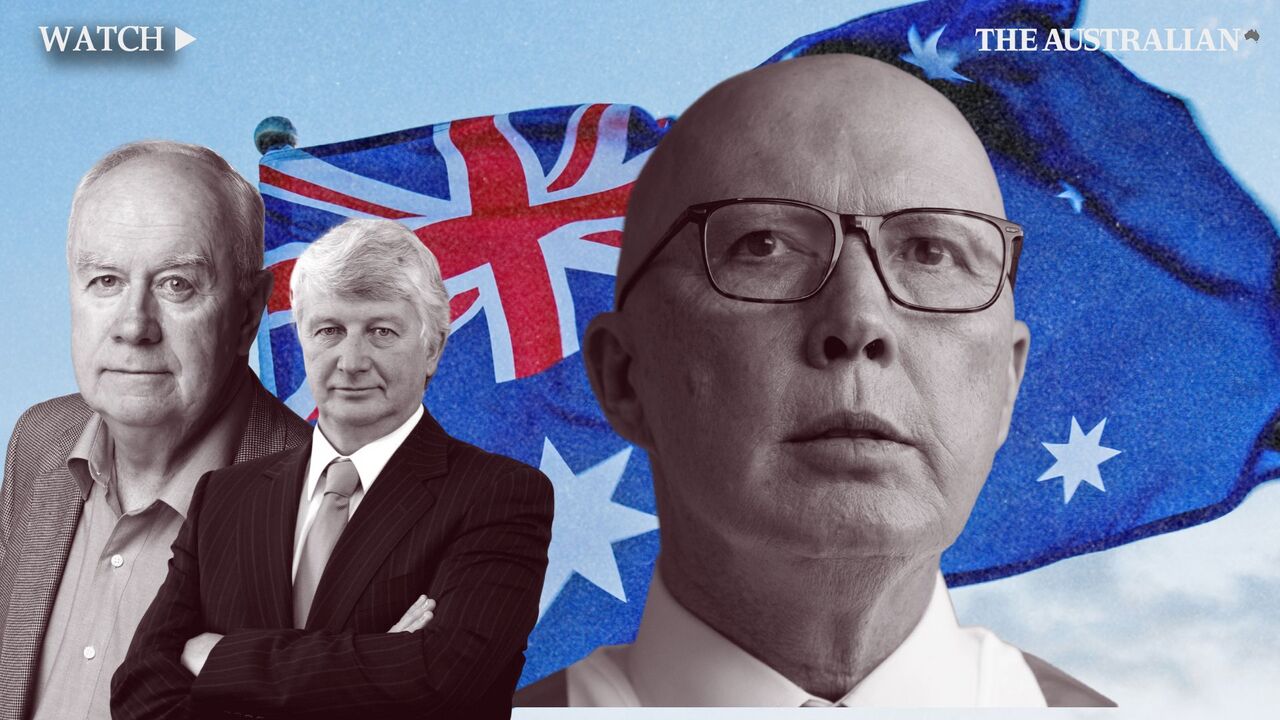
The hill Peter Dutton must climb over the next 12 days has just become a lot steeper.
The Liberal leader’s personal numbers are heading in the wrong direction and the Coalition’s primary vote remains lower than its last election result.
Not that there is any great love for Anthony Albanese. The Prime Minister has gone backwards on a personal level again and remains in negative territory.
But the one thing that is becoming clear is that Labor will be the only party likely to be in a position to form government after the election.
On the Newspoll numbers as they stand, Albanese would be the next prime minister. The question is in what shape.
Anything could happen over the next two weeks, and with a highly disengaged electorate the outcome of the election is impossible to predict. A majority government outcome for Labor is a long way from being assured. With the primary votes of both parties so low, a hung parliament is still likely.
But it would appear the consequential question has been answered. The Coalition is unlikely to be in a winnable position without something remarkable occurring.

The frustration for Dutton will be palpable. On the Coalition’s core equities of economic management and national security, the Liberal leader remains in a strong position. These are issues one would normally expect to be decisive strengths in uncertain times. And clearly Dutton believes so.
Yet this doesn’t appear to be anywhere near enough. The times are uncertain, but they are also clearly strange. Dutton has so far failed to convince a sufficient number of voters that his cost-of-living plan is better than Albanese’s. Women in particular remain unconvinced, whereas men are more likely to favour Dutton. And on defence, men are overwhelmingly supportive of Dutton.
But Dutton may have misread the mood. The momentum has been working against him for months and so far it is showing no sign of shifting back during the campaign.
On housing, tax and health, the dependency model remains the most appealing for voters. Men and women alike offer a more favourable opinion toward Albanese on these measures. And voters would appear to have yet made the leap between growing the economy as a solution to the underlying cost-of-living pressures.
And on balance, the madness of Donald Trump would appear to be working in the government’s favour rather than Dutton’s.
While the principal dynamic began to shift three months ago, it has only sharpened over the course of the campaign.

The Coalition’s primary vote at 35 per cent is now lower than the 35.7 per cent it recorded at the last election. In November it was 40 per cent.
Labor’s primary vote of 34 per cent is now higher than what it achieved at the last election and the best result it has recorded since January-February 2024. In January this year it was 31 per cent.
The Coalition has surrendered an eight-point primary vote lead in January to be but a single point ahead of Labor on this measure.
The approval of both leaders has followed a similar trajectory. Albanese’s net approval rating was at minus 21 in February. Dutton was ahead of his rival on this measure at minus 10.
This has now reversed, with Dutton on minus 22 and Albanese on minus nine. This would be the first time both leaders enter the final fortnight of a campaign on such low numbers.
And it is likely that for only the second election, neither of the major parties will achieve a primary vote above 40 per cent.

The basic maths of Newspoll reveals the parlous state of political affairs. It has become an almost three-way split between Labor, the Coalition and anybody else, as it was in 2022.
And on the leaders, it remains a test of the least worst outcome.
The two-party-preferred vote remains at 52-48 per cent. The last election result was 52.1 per cent to 47.9 per cent.
So on this metric it would be lineball as to whether Labor is returned with a majority or not.
The risks for the Coalition will only intensify over the coming weeks with early voting opening on Tuesday.
At the last election, 35 per cent of voters had cast a ballot before the election. This time around, the Australian Electoral Commission is estimating this to be as high as 50 per cent, presumably due to the lack of enforcement of early voting rules.
This means that on top of the importance of preferences, it has become practically more challenging for Dutton to make up ground in the final straight.





